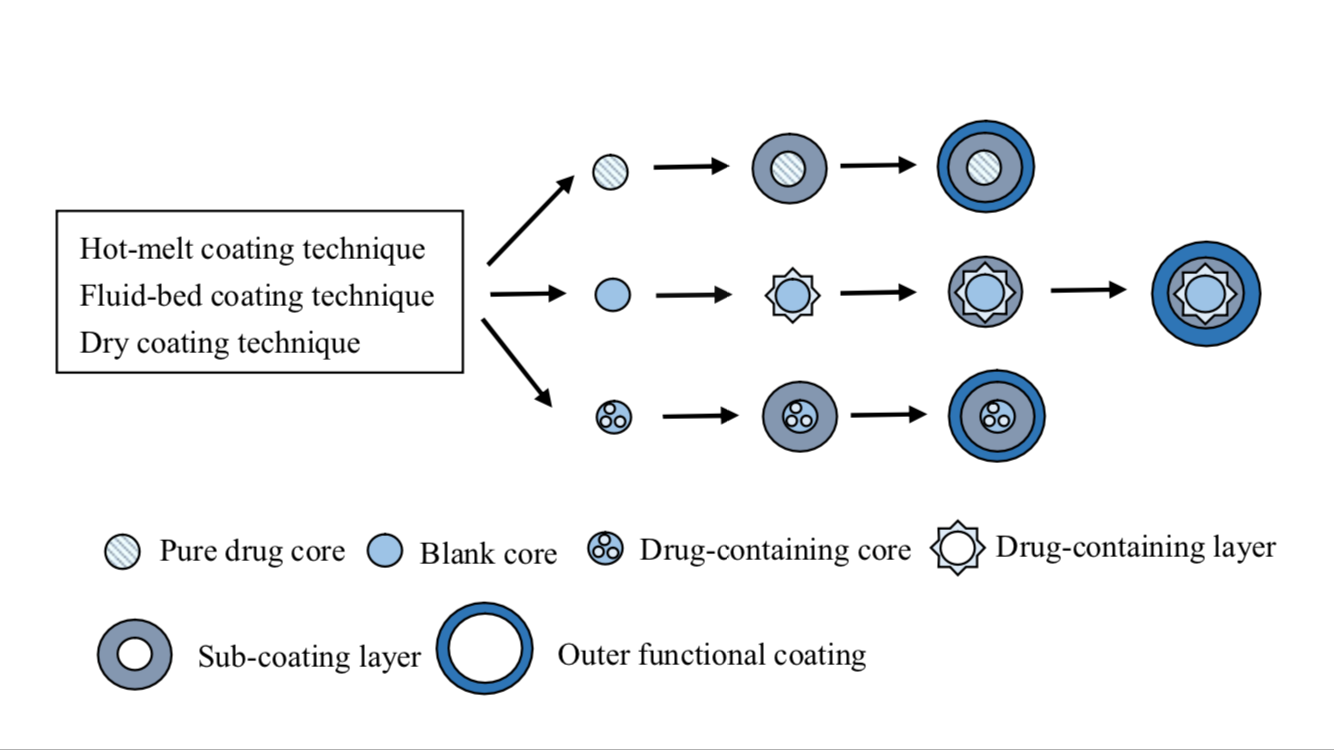Engineering Size and Structure of Particles in Novel Modified-Release Delivery Systems

Particle engineering has become a hot topic in the field of modified-release delivery systems during last decades. It has a wide range of pharmaceutical applications and is a bridge linking between drugs and drug delivery systems.
Particles are an important part of many dosage forms and viewed as a carrier of drugs. Their size, shape, crystalline form, and structure directly affect the stability and releasing pattern of drugs. Engineering size or modifying particles by forming porous, core-shell, or skeleton structures can realize the development and utilization of functionally modified release systems (including fast-release systems, sustained-release systems, and targeted-release systems).
However, there are certain problems in the practical application, such as bitter taste and coating damage. Combining with some polymer or lipid materials to form core-shell or embedded structures is considered as the key to taste masking. And, using cushioning agents is proven to be effective in preserving the integrity of the functional coating film of multiparticulates during tableting.
To sum up, this review, from a particle engineering point, expounds the influence of different factors on the functionality of particles and offers some useful comments and suggestions for industry personnel. Download the full article here: engineering-size-and-structure-of-particles-in-novel-modified-release-delivery-systems.pdf


